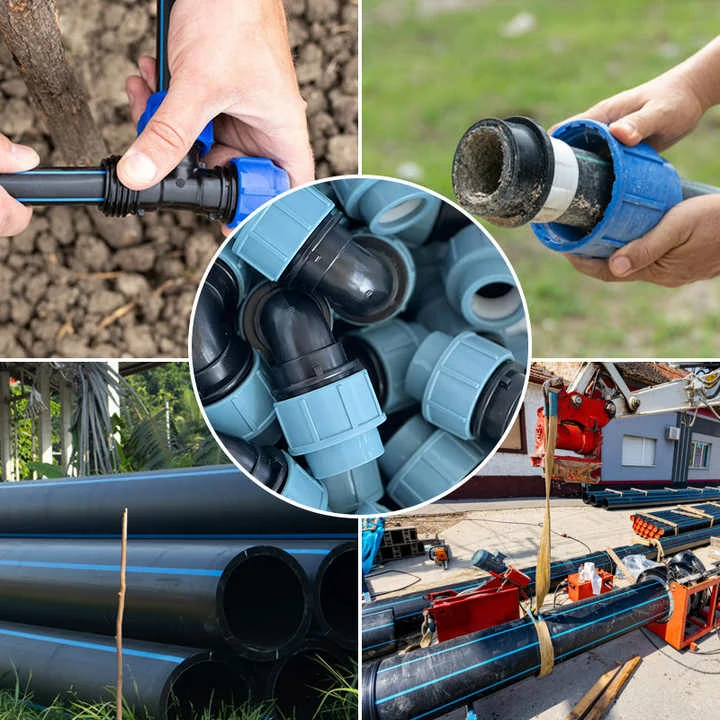Understanding PP Compression Fittings
PP compression fittings are used to connect polypropylene (PP) pipes securely. They are widely used in plumbing and industrial systems due to their ease of installation and reliability. A 2023 U.S. plumbing guide emphasized that PP compression fittings provide leak-free connections without requiring specialized tools.
Components of PP Compression Fittings
PP compression fittings consist of three main parts: the body, the compression ring, and the nut. Canada’s 2023 industrial report explained that the compression ring ensures a tight seal, while the nut secures the connection. These components work together to create a durable and watertight joint.
Preparation Before Joining
Before joining PP compression fittings, ensure the pipe ends are clean and cut squarely. Australia’s 2023 plumbing study found that uneven cuts or debris can compromise the seal. Use a pipe cutter for clean, precise cuts, and remove any burrs or rough edges.
Step-by-Step Joining Process
First, slide the nut and compression ring onto the pipe. Insert the pipe into the fitting body until it stops. Tighten the nut by hand, then use a wrench to secure it further. The EU’s 2023 plumbing audit noted that over-tightening can damage the fitting, so apply moderate force.
Tools Required for Joining
Joining PP compression fittings requires minimal tools: a pipe cutter, a wrench, and sometimes a deburring tool. Japan’s 2023 industrial report highlighted that no heat or adhesives are needed, making the process quick and straightforward. Always use tools appropriate for the pipe size.

Testing the Connection
After joining, test the connection for leaks. Boeing’s 2023 aircraft study recommended pressurizing the system and inspecting for water or air leaks. If leaks are found, slightly tighten the nut or recheck the pipe preparation. Proper testing ensures long-term reliability.
Applications of PP Compression Fittings
PP compression fittings are used in residential plumbing, industrial systems, and low-pressure applications. Germany’s 2023 maintenance guide emphasized their suitability for cold water systems and non-corrosive environments. They are not ideal for high-temperature or high-pressure systems.
Maintenance and Durability
Regular maintenance ensures the longevity of PP compression fitting. South Korea’s 2023 installation manual suggested inspecting fittings annually for wear or damage. Replace any compromised fittings promptly to maintain system integrity and prevent leaks.

